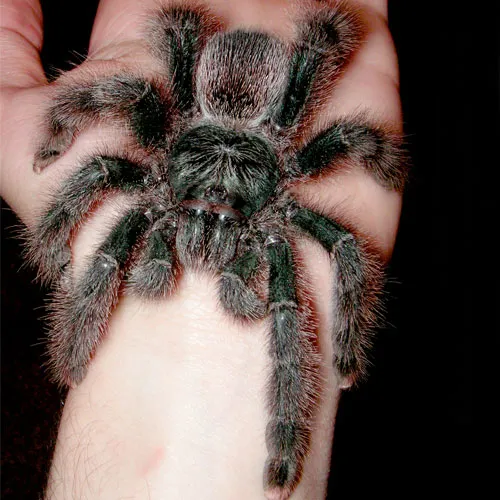The Dwarf Pink Toe Tarantula, scientifically known as Avicularia minatrix, is a captivating and relatively docile species that has gained popularity among tarantula enthusiasts. Its manageable size, vibrant coloration, and intriguing arboreal habits make it a great choice for beginners. This guide will delve into everything you need to know to provide optimal care for your Dwarf Pink Toe Tarantula, ensuring its health, happiness, and longevity. By following these care tips, you’ll be well on your way to enjoying the fascinating world of tarantula keeping.
Understanding the Dwarf Pink Toe Tarantula (Avicularia minatrix)
Before acquiring a Dwarf Pink Toe Tarantula, it’s crucial to understand its natural habitat and behavior. This species originates from Venezuela, inhabiting tropical rainforest environments. They are arboreal, meaning they live primarily in trees, constructing silken webs for shelter and hunting. Their lifestyle dictates their enclosure and care requirements. Understanding their needs is the first step towards successful tarantula keeping. Knowing their natural environment will help you mimic these conditions within their enclosure, ensuring the tarantula thrives.
Characteristics of Dwarf Pink Toe Tarantulas
Appearance and Size
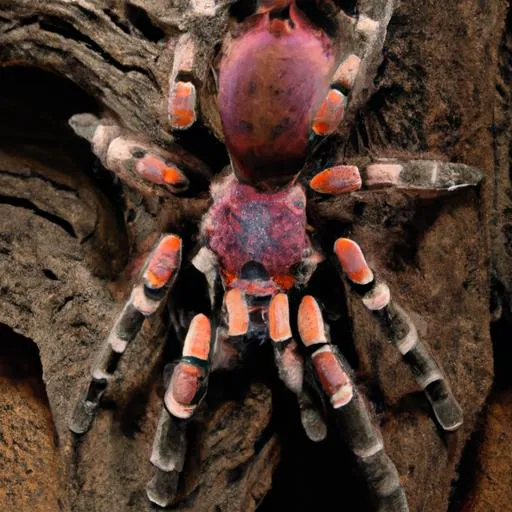
The Dwarf Pink Toe Tarantula is named for its striking appearance. Adults typically reach a leg span of around 3-4 inches, making them significantly smaller than many other tarantula species. They exhibit a dark, velvety body with vibrant pink or red tips on their tarsi (feet). This coloration, coupled with their relatively small size, makes them visually appealing. Their carapace often displays a metallic sheen, and the abdomen is covered in urticating hairs, which they can flick as a defense mechanism. This species’ size makes it a manageable pet for those new to tarantulas. (image dwarf-pink-toe-tarantula-size-comparison)
Temperament and Behavior
Generally, Dwarf Pink Toe Tarantulas are known for their relatively docile temperament. They are less prone to biting than some other tarantula species, preferring to flee or flick urticating hairs if threatened. However, individual personalities can vary, and it’s essential to handle them with care. They are primarily nocturnal, meaning they are most active during the night. Observing their behaviors, such as web-building and hunting, provides a fascinating glimpse into their natural instincts and adds to the enjoyment of keeping this species. Always be mindful of their sensitivity and potential defensive behaviors.
Setting Up Your Dwarf Pink Toe Tarantula’s Enclosure
Creating the right environment is crucial for your Dwarf Pink Toe Tarantula’s well-being. Mimicking their natural habitat through proper enclosure setup, substrate selection, and temperature control will contribute to their health and longevity. The following sections detail the essential components of an ideal enclosure.
Choosing the Right Enclosure
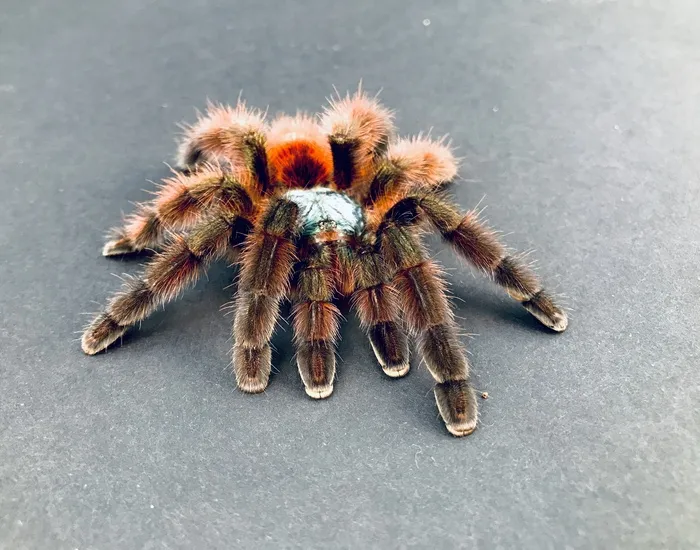
Given their arboreal nature, a tall enclosure is necessary. A good size for an adult Dwarf Pink Toe Tarantula is a terrarium that is at least 12x12x18 inches. Ensure the enclosure has adequate ventilation, such as cross-ventilation, to prevent the buildup of excessive moisture. Glass or acrylic enclosures are suitable choices, providing clear visibility of your tarantula. The enclosure must have a secure lid to prevent escape. Avoid enclosures with large openings or gaps that your tarantula could potentially squeeze through. (image dwarf-pink-toe-tarantula-enclosure-setup)
Substrate Selection
The substrate should retain some moisture while providing a suitable surface for web-building. A mixture of coco fiber, peat moss, and a small amount of vermiculite or sphagnum moss works well. This combination provides good moisture retention and allows the tarantula to burrow or create a web. The substrate should be deep enough (2-4 inches) to maintain the proper humidity levels. Avoid using substrates like sand, which can be abrasive and unsuitable for burrowing. Replace the substrate every few months or when it becomes heavily soiled to maintain hygiene.
Decorating the Enclosure
Provide climbing structures, such as cork bark, branches, or artificial plants, to mimic their natural arboreal habitat. These provide hiding places and encourage web-building. Secure these decorations firmly to prevent them from falling and potentially injuring your tarantula. A shallow water dish should always be available, kept clean, and filled with fresh water. Live or artificial plants can also be added to help maintain humidity and provide a naturalistic environment. Make sure any decorations are non-toxic and free of sharp edges. The key is to create an environment that allows the tarantula to feel secure and provide visual interest.
Maintaining Humidity and Temperature
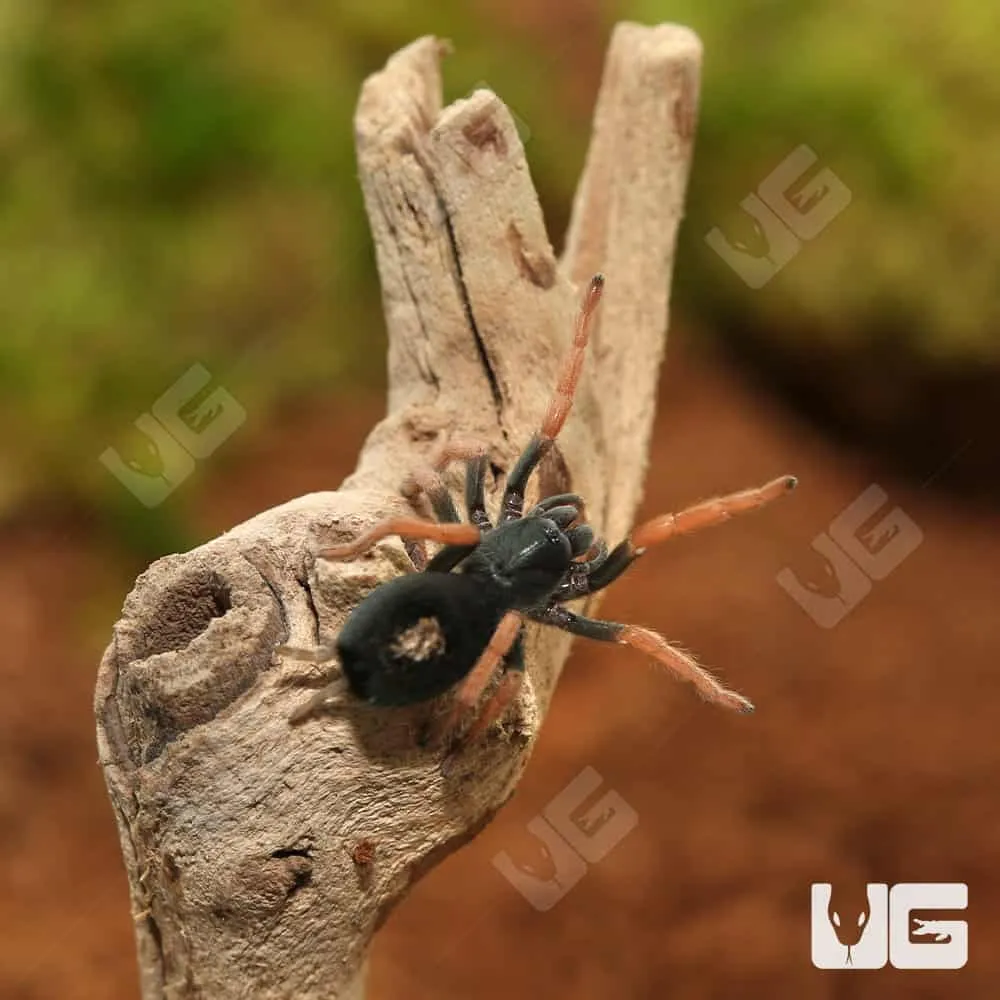
Dwarf Pink Toe Tarantulas require moderate humidity, typically around 70-80%. This can be achieved by lightly misting the enclosure a few times a week. Avoid over-misting, which can lead to mold growth. Monitor humidity levels using a hygrometer. The temperature should be maintained between 75-85°F (24-29°C). A heat source, such as a low-wattage heat lamp or a heat mat placed on the side of the enclosure, may be necessary if your ambient room temperature is too low. Ensure the heat source does not directly touch the enclosure and is regulated to prevent overheating. Proper temperature regulation is crucial for molting and overall health. (image dwarf-pink-toe-tarantula-overview)
Feeding Your Dwarf Pink Toe Tarantula
Proper nutrition is critical for your tarantula’s health and growth. Understanding their dietary needs, feeding frequency, and providing adequate water is essential. They are opportunistic feeders, readily accepting various food sources.
What to Feed
The primary food source for Dwarf Pink Toe Tarantulas should be insects. Crickets, mealworms, and roaches are all suitable options. The size of the prey should be appropriate for the tarantula’s size—typically, the prey should be no larger than the tarantula’s body. Feed your tarantula insects that have been gut-loaded with nutritious food a day before feeding. This ensures your tarantula receives essential vitamins and minerals. Avoid feeding wild-caught insects, as they may carry parasites or pesticides. Variety in the diet is a good practice. (image dwarf-pink-toe-tarantula-feeding)
Feeding Frequency
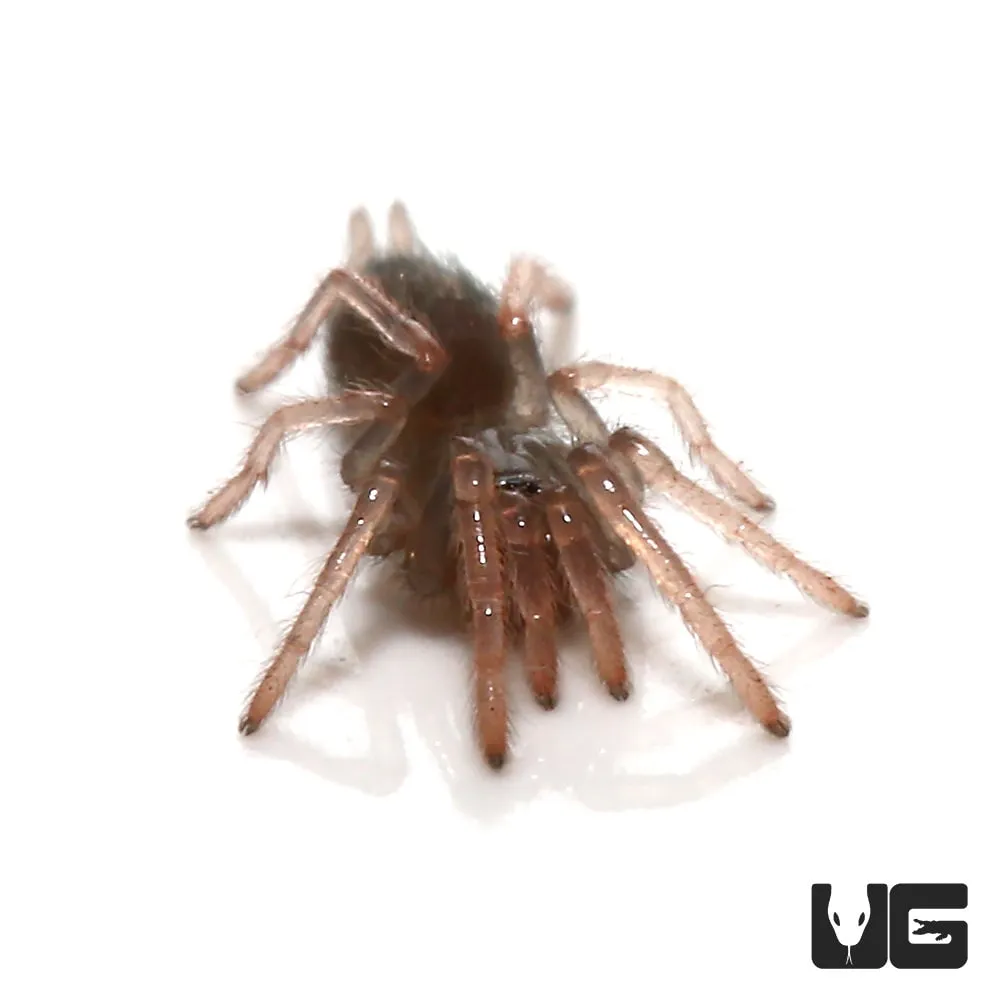
The feeding frequency depends on the tarantula’s age and size. Spiderlings (young tarantulas) can be fed 2-3 times a week. Subadults and adults typically only require feeding once every 1-2 weeks. Observe your tarantula’s abdomen to determine if it is well-fed. A plump abdomen indicates a healthy tarantula. Remove any uneaten prey within 24 hours to prevent stress and the potential for harm to your tarantula. Adjust the feeding schedule according to your tarantula’s needs and activity levels. Overfeeding can be detrimental.
Providing Water
Fresh water should always be available in a shallow water dish. Regularly check and refill the water dish to ensure it is clean and free of debris. For spiderlings, a bottle cap filled with water may suffice. Mist the enclosure regularly, especially during molting, to increase humidity. Ensure the water source is easily accessible and safe for the tarantula. Consider using a water gel product to maintain hydration.
Handling and Safety
Handling tarantulas, especially for beginners, requires caution and respect. While Dwarf Pink Toe Tarantulas are generally docile, they can still bite or flick urticating hairs if they feel threatened. Safety should always be the primary concern.
When to Handle
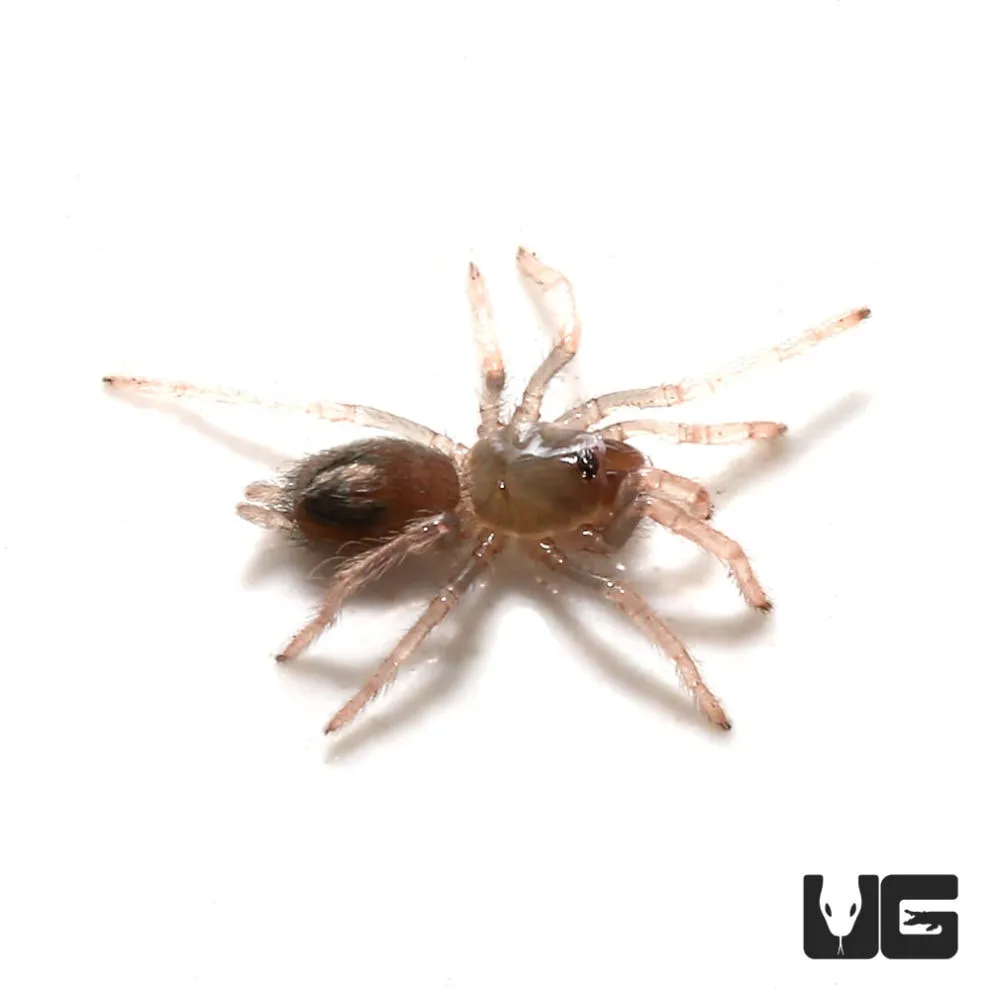
Minimize handling as much as possible. Tarantulas are not typically pets that enjoy being handled, and excessive handling can stress them. If you need to handle your tarantula, do so only when necessary, such as during enclosure maintenance. Observe its behavior closely before attempting to handle it. If the tarantula appears agitated or defensive, it is best to avoid handling. Handle them in a low-to-the-ground area in case they fall. Always be gentle and move slowly. (image dwarf-pink-toe-tarantula-handling)
Safety Precautions
Wear gloves when handling your tarantula to protect yourself from potential bites and the urticating hairs, which can cause skin irritation. Be aware of your tarantula’s movements and potential defensive postures. Avoid sudden movements that might startle the tarantula. Handle them over a soft surface, such as a bed or carpet, to minimize the risk of injury if they fall. Always wash your hands thoroughly after handling your tarantula or touching its enclosure. Keep tarantulas away from children and pets unless supervised.
Common Health Issues and Prevention
While Dwarf Pink Toe Tarantulas are relatively hardy, they can still be susceptible to certain health issues. Proper care, including maintaining appropriate humidity and temperature, ensuring a clean enclosure, and providing a balanced diet, is essential to prevent these issues.
Molting Process
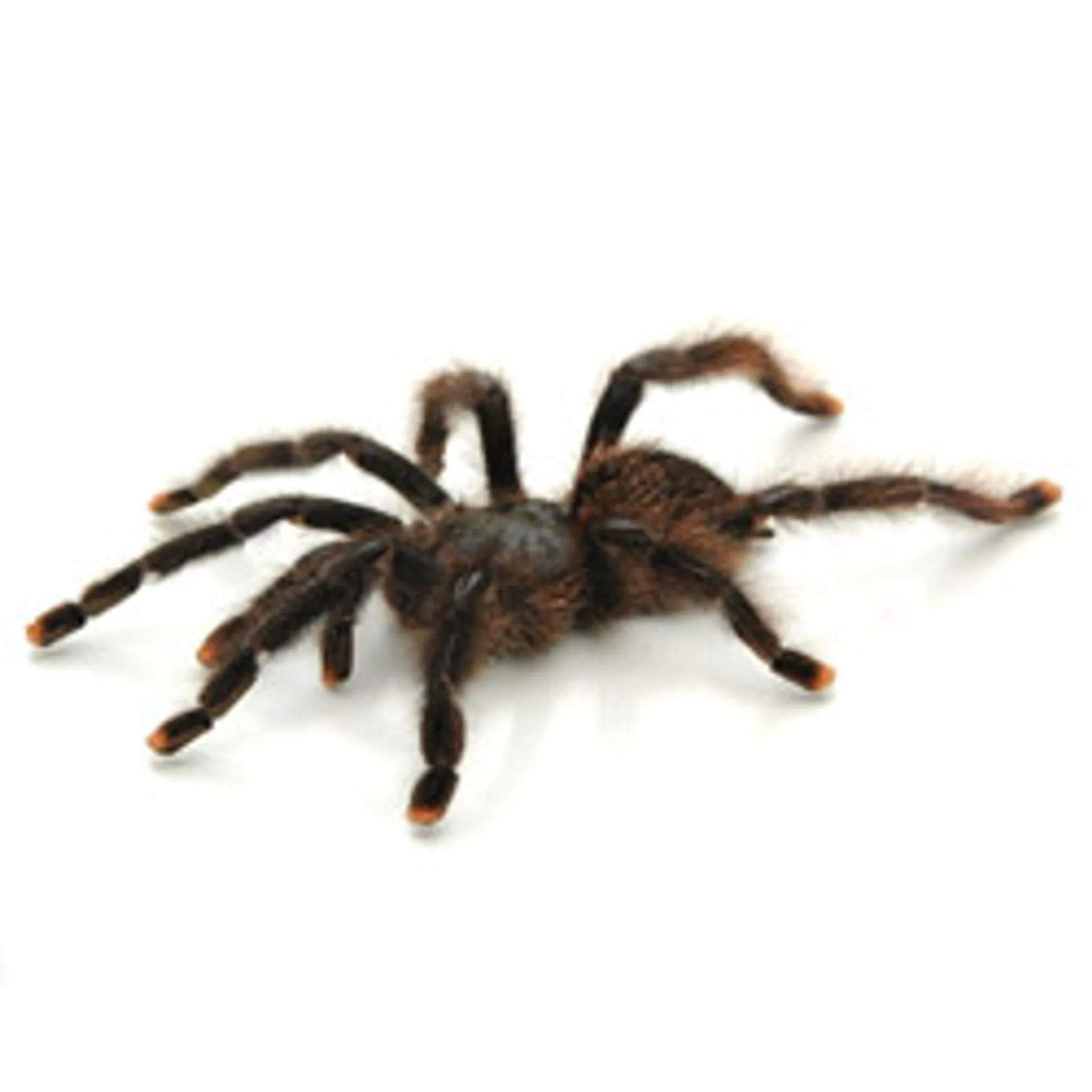
Molting is a natural process where tarantulas shed their exoskeletons to grow. During molting, the tarantula becomes vulnerable. Provide a safe and undisturbed environment during this process. Increased humidity is beneficial during molting. Do not disturb your tarantula while it is molting. After molting, the tarantula’s fangs will be soft, so avoid feeding it for a few days until they harden. Molting frequency decreases as the tarantula ages. (image dwarf-pink-toe-tarantula-molting)
Parasites and Diseases
Maintain a clean enclosure to prevent parasitic infestations. Check the substrate and tarantula regularly for mites or other parasites. If you suspect your tarantula has a health issue, consult a veterinarian specializing in exotic animals. Providing proper care and a clean environment minimizes the risk of disease. Isolate any new tarantulas for observation before introducing them to an existing collection. Common diseases include fungal infections and, more rarely, viral infections. Early detection and intervention are key to successful treatment.
Breeding Dwarf Pink Toe Tarantulas
Breeding tarantulas is a complex process, and it should only be undertaken by experienced keepers. It requires careful planning, observation, and specialized knowledge. Dwarf Pink Toe Tarantulas can be bred in captivity, but it’s crucial to understand the necessary steps and requirements.
Sexing Your Tarantula
Sexing tarantulas is essential for breeding. The most reliable method is to examine the molt. After a molt, the presence of a spermatheca (a sperm-storing organ) on the underside of the female’s abdomen confirms her sex. Alternatively, you can examine the underside of the tarantula with a bright light. Males have a bulbous structure at the end of their pedipalps, which is used to store sperm. This method requires some experience and careful observation. Purchasing from a reputable breeder can help ensure the correct sex.
Breeding Process
Introduce the male to the female’s enclosure under careful supervision. The male will tap on the female’s enclosure to indicate his interest. If the female accepts the male, mating will occur. After mating, remove the male to prevent him from being eaten by the female. The female will lay an egg sac, which will contain the spiderlings. Provide the female with ample food and a secure environment. Monitor the egg sac closely, and remove it when the spiderlings hatch, often within a few weeks to months. Raising spiderlings is a demanding process requiring specialized knowledge and equipment. (image dwarf-pink-toe-tarantula-breeding)
Conclusion
Caring for a Dwarf Pink Toe Tarantula can be a rewarding experience for any beginner. With a commitment to providing the proper environment, nutrition, and care, you can enjoy the fascinating behavior and beauty of this captivating species. Remember to prioritize safety, observe your tarantula regularly, and learn from your experiences. Enjoy the journey of tarantula keeping and the unique perspective it provides.
